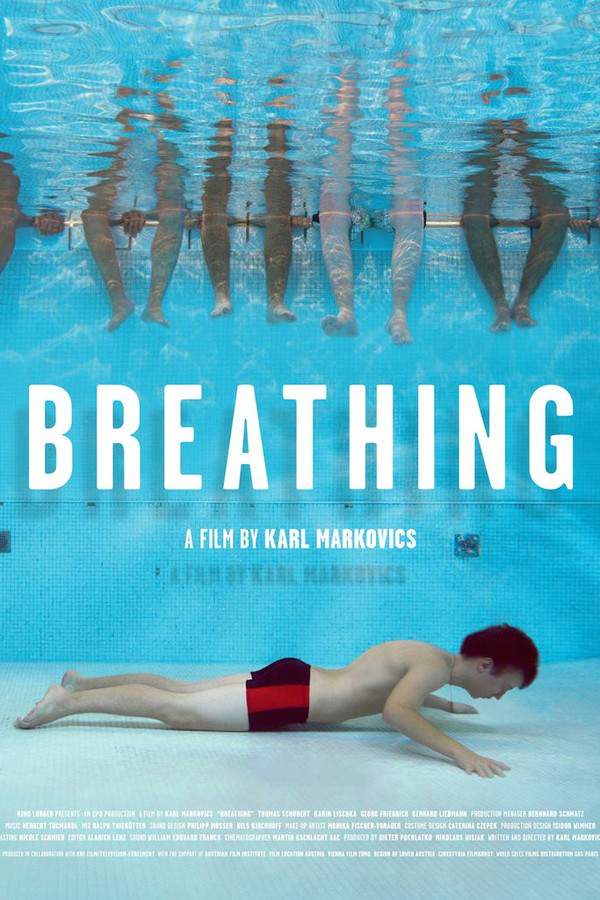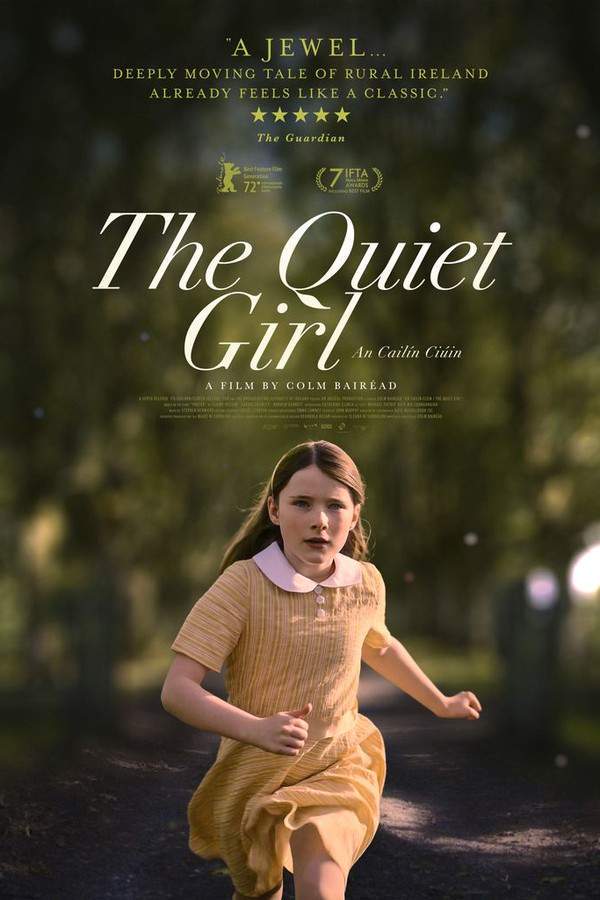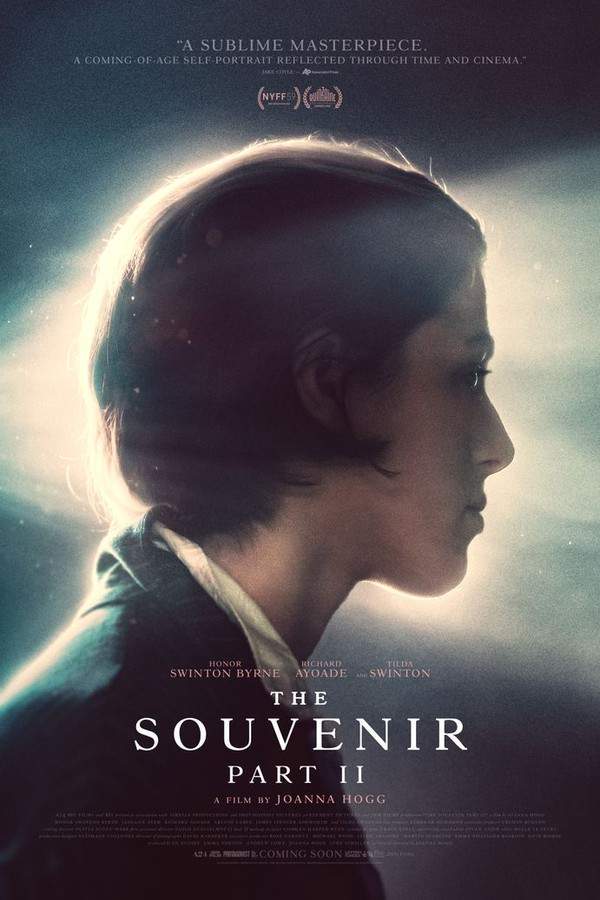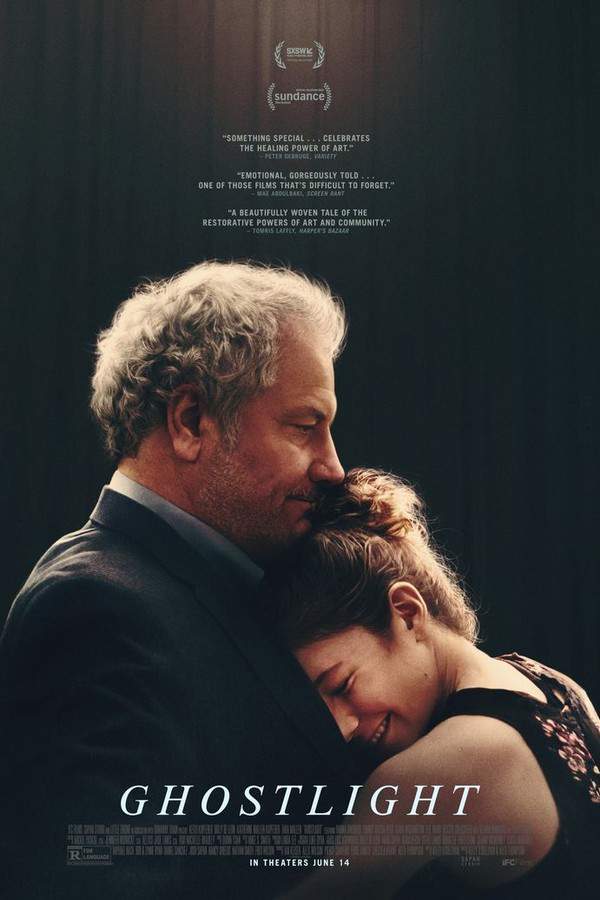
Breathing
Year: 2012
Runtime: 94 min
Language: German
A young man with a history of offenses finds himself working a series of low-paying jobs as part of a rehabilitation program. While performing tasks at a local undertaker's, he develops an unexpected connection with the deceased, leading him to discover a sense of purpose and offering a path toward finding acceptance and a new beginning.
Breathing (2012) – Spoiler-Free Movie Summary & Plot Overview
Get a spoiler-free look at Breathing (2012) with a clear plot overview that covers the setting, main characters, and story premise—without revealing key twists or the ending. Perfect for deciding if this film is your next watch.
In the austere outskirts of Vienna, a young man named Roman finds himself thrust into a stark rehabilitation program that pairs low‑pay work with the promise of a future beyond the walls of a juvenile detention center. The film opens on his reluctant entry into a series of menial jobs, each designed to test his willingness to follow rules he has long ignored. Among these, a placement at the city’s municipal mortuary becomes the unlikely backdrop for his tentative search for meaning, as the institution’s routine chores stand in sharp contrast to the turbulence of his past.
The world that surrounds Roman is rendered with a clinical precision that feels both oppressive and oddly beautiful. Gray corridors, relentless institutional cadence, and the quiet hum of machinery create a visual palette where every glance and gesture carries weight. The mortuary, with its solemn procession of bodies, is filmed in restrained, almost reverent tones, turning the act of handling the dead into a silent meditation on life’s fragility. The cinematography leans heavily on stark lighting and lingering shots, allowing the audience to feel the heavy stillness of the spaces while sensing an undercurrent of possibility.
Within this measured setting, Roman remains a figure of muted defiance, his isolation palpable yet slowly softening through subtle interactions. The film dwells on his internal shift—captured through nuanced facial expressions, the rhythm of his everyday tasks, and the rare moments when he allows himself to observe rather than withdraw. As he navigates the disciplined environment of the mortuary, a quiet curiosity begins to surface, hinting at an emerging sense of purpose. The story invites viewers to contemplate how a young man, once adrift in institutional routine, might discover a path toward acceptance and a tentative, hopeful new beginning.
Last Updated: October 07, 2025 at 13:29
Explore Movie Threads
Discover curated groups of movies connected by mood, themes, and story style. Browse collections built around emotion, atmosphere, and narrative focus to easily find films that match what you feel like watching right now.
Institutional slow burn dramas like Breathing
Stories of quiet transformation within the rigid confines of institutional life.Explore movies like Breathing that follow quiet character transformations within institutional settings. If you appreciated the subtle emotional shifts amidst the rigid routine of a rehabilitation program, you'll find similar introspective journeys here.
Narrative Summary
The narrative pattern follows a character confined by an institutional system, often as a form of punishment or rehabilitation. Through a series of quiet, observational moments, the character slowly forms a connection—to a person, a task, or an idea—that catalyzes a profound but understated internal change, offering a path toward a new beginning.
Why These Movies?
These movies are grouped by their shared focus on institutional settings as catalysts for change, a slow and observant pacing that mirrors internal stagnation, and a tone that blends melancholy with restrained hopefulness. They prioritize emotional subtlety over dramatic plot twists.
Bittersweet self-discovery movies like Breathing
Emotionally heavy character arcs where grief and trauma lead to a quiet, hard-worn sense of purpose.Find films similar to Breathing that explore heavy emotional journeys from trauma towards acceptance. If you were moved by the protagonist's difficult past and his quiet path to finding purpose, these stories of bittersweet self-discovery will resonate.
Narrative Summary
The narrative follows a character grappling with a significant personal burden—grief, guilt, or a troubled past. Through an encounter with a new environment or responsibility, they engage in a process of quiet introspection. The journey leads to a form of acceptance or a new beginning, but the ending is tinged with the weight of what was lost, resulting in a poignant, bittersweet feeling.
Why These Movies?
These films share a heavy emotional weight, a melancholic yet hopeful tone, and a narrative arc that moves from a place of internal confinement towards a complex, bittersweet liberation. They are defined by their emotional authenticity and refusal of simplistic, happy endings.
Unlock the Full Story of Breathing
Don't stop at just watching — explore Breathing in full detail. From the complete plot summary and scene-by-scene timeline to character breakdowns, thematic analysis, and a deep dive into the ending — every page helps you truly understand what Breathing is all about. Plus, discover what's next after the movie.
Breathing Summary
Read a complete plot summary of Breathing, including all key story points, character arcs, and turning points. This in-depth recap is ideal for understanding the narrative structure or reviewing what happened in the movie.

Breathing Timeline
Track the full timeline of Breathing with every major event arranged chronologically. Perfect for decoding non-linear storytelling, flashbacks, or parallel narratives with a clear scene-by-scene breakdown.

Characters, Settings & Themes in Breathing
Discover the characters, locations, and core themes that shape Breathing. Get insights into symbolic elements, setting significance, and deeper narrative meaning — ideal for thematic analysis and movie breakdowns.

More About Breathing
Visit What's After the Movie to explore more about Breathing: box office results, cast and crew info, production details, post-credit scenes, and external links — all in one place for movie fans and researchers.



























